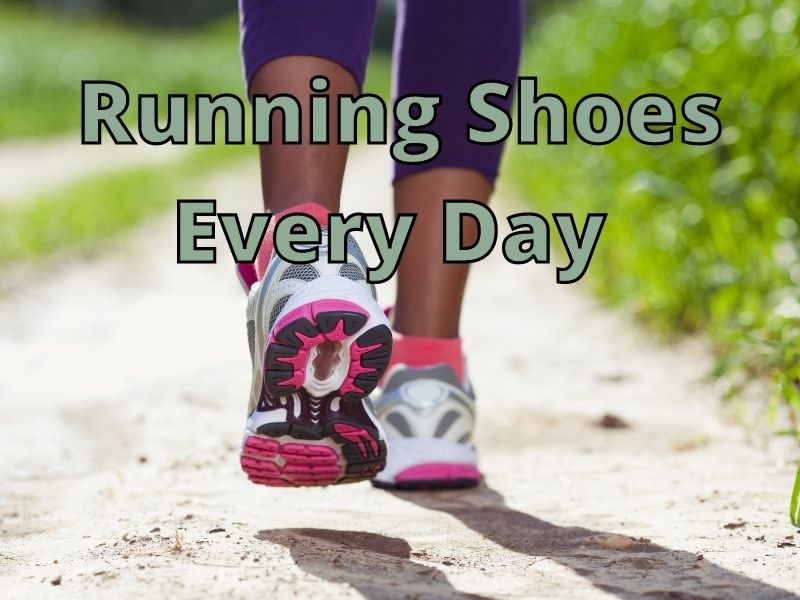You may find running shoes attractive, stylish, and the most comfortable. And you certainly pick them up regularly for everyday use. But have you ever wondered if it is OK to wear running shoes every day?
Running shoes are generally designed for running. Wearing running shoes every day shortens their lifespan, lessens their grip and traction, and increases the risk of getting injured. Although, some running shoes may be just fine to wear every day if they are supportive and flexible.
It is your choice whether or not to wear running shoes every day. If you decide to wear running shoes every day, you can choose from stability shoes, motion control shoes, or cushioned running shoes. However, lightweight and trail running shoes should be avoided for everyday use.
Now let’s briefly discuss why these types of shoes may be best or need to be avoided:
Types Of Running Shoes
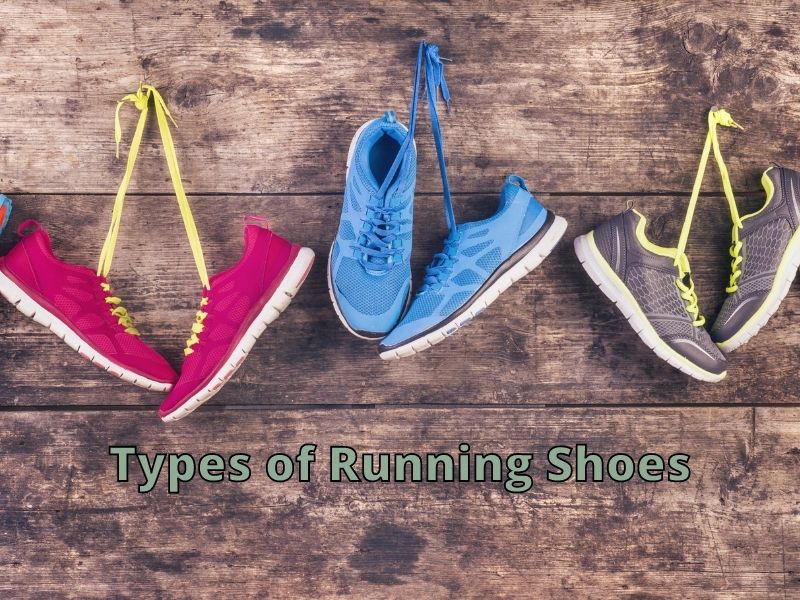
There are five types of running shoes. Each of these Running shoes is designed differently to serve specific purposes and meet various needs.
Running shoes are classified based on pronation. During walking or running, your feet move inwardly as they contact the ground. This is called pronation. [for more details read Pronation and Supination]
It can either be normal pronation, over-pronation, or under pronation.
- Normal pronation: When your foot rolls evenly
- Over-pronation: Excessive inward rolling of your foot
- Under pronation: When your foot rolls the least.
Here is a brief explanation of five types of running shoes:
1. Stability Running Shoes
Stability running shoes are specially designed for runners with normal arches and pronation. In addition, these runners require shoes with good support and sufficient midsole cushioning.
Stability running shoes reduce excessive pronation by providing excellent ankle and arch support.
2. Motion Control Shoes
Motion-control shoes are specifically designed for runners with low arches and overpronation. In addition, these runners require shoes that reduce or prevent pronation.
Motion-control shoes are rigid and have wide soles that limit excessive motion. In addition, motion-control shoes offer extra support in the midsole area and bridge of the shoe.
3. Cushioned Running Shoes
Cushioned shoes are designed for runners with high arches and minimal or no pronation. They are also called “neutral padded shoes.”
Cushioned shoes have padding in the midsole and outsole of the shoe to offer shock absorption. These shoes protect your feet, especially your forefoot and heel.
4. Lightweight Running Shoes
Lightweight running shoes are specially designed for runners who do a lot of speedrunning exercises or racing. They are also called cross country spikes or racing flats.
Lightweight running shoes have less foam and limited cushioning to keep them light. These shoes allow for natural and dynamic foot motion.
5. Trail Running Shoes
Trail running shoes are designed for runners who run on rough and not-so-smooth surfaces. These runners require shoes that provide maximum support and stability to run across country trails, dirt tracks, mud, rocks, and other obstacles.
Trail running shoes provide excellent protection to your ankle and feet against harsh off-road conditions and help you overcome the challenges on rugged and rocky terrains. Furthermore, these shoes offer better traction and stability on uneven or slippery surfaces.
To help you decide if you can wear running shoes every day or not, I have grouped them into two categories.
- Running shoes, you can wear every day
- Running shoes, you should not wear every day
Running Shoes, You Can Wear Everyday
You may be able to wear the following three types of running shoes for everyday use among the five types mentioned above.
- Stability Running Shoes
- Motion Control Running Shoes
- Cushioned Running Shoes
If you have found comfortable running shoes with the correct size and fit [running shoes fit ], there is no reason not to wear them every day. However, there are a few downsides to it. [discussed in detail later]
Stability Running Shoes
If you want to wear running shoes every day, you can go for stability running shoes.
Stability running shoes are great if you have a normal arch or neutral feet. These shoes will give a good amount of cushioning in the midsole. Additionally, stability running shoes will provide enough support for your feet, which you need for an everyday shoe.
Since stability shoes provide you maximum support for your feet, arches, and ankles, you can wear them for everyday use without worrying. Nonetheless, I recommend that you look for comfortable, well-fitting shoes first.
Motion Control Shoes
Another pair of running shoes that you can wear for everyday use are motion control running shoes.
Pronation is a natural movement of your body; however, everyone doesn’t pronate equally. For example, some runners overpronate, which can be problematic. If your feet overpronate, you may need motion control shoes.
Motion-control shoes are ideal for you if you have low arches or severe overpronation. These shoes help you limit or prevent excessive foot movement.
Motion-control shoes are stiffer and more rigid than regular shoes, controlling excessive foot motion. You can wear motion-control shoes daily since they are durable and stable. First, however, make sure they fit correctly.
Motion-control shoes provide improved support in the midsole and bridge area of the shoe, making them comfortable for everyday use.
Cushioned Running Shoes
The last pair of running shoes you can wear daily are cushioned running shoes.
Cushioned running shoes are ideal for you if you have little or no pronation. These shoes have excellent cushioning in the heel area that helps in shock absorption.
The additional padding in cushioned running shoes makes them comfortable to wear for everyday use. You can wear them daily but make sure the size is perfect and comfortable on your feet.
Running Shoes, You Should Not Wear Every Day
I wouldn’t recommend wearing these two types of running shoes every day.
Lightweight Running Shoes
As I mentioned before, lightweight running shoes, also known as racing flats or cross-country spikes, are ideal for speedrunning exercises, competitions, racing, sprints, and intervals. However, you should not wear them for everyday use.
Even though lightweight running shoes do not have as many spikes as traditional track shoes, they are still mainly designed for racing and track running. These shoes are lighter than other running shoes because they are specifically designed for speed.
Since these shoes are light, they have less padding and cushioning, which allows your feet to move more naturally. As a result, these shoes may make you feel light and like you’re walking on air; however, it comes with a few drawbacks.
The minimal padding and cushioning in lightweight running shoes result in a lack of safety, comfort, and protection. In addition, these shoes don’t provide as much shock absorption as other running shoes.
Shoes that lack such essential characteristics as safety, comfort, and shock absorption are not suitable for general training, long hours, or everyday use.
Trail Running Shoes
The second type of running shoes that I wouldn’t recommend wearing every day are trail running shoes. Trail running shoes are specially designed to wear on rough terrains, rocks, mud, and dirt. These shoes are perfect for what they are intended for.
Trail running shoes are a hybrid of running shoes and hiking boots. These shoes offer enough protection for your feet, ankles, and tongue to keep them safe from pebbles on rough and rocky terrains.
Trail running shoes are great for off-road obstacles and challenges. They offer you maximum support, stability, and protection to run on trails, rough terrains, challenging pathways, and roads.
However, they are not suitable for everyday use. The reasons for not wearing these shoes every day are completely different from those for lightweight shoes.
Trail running shoes are built with enhanced grips that ensure you get adequate footing when running on wet, softer, uneven, slippery surfaces or slick grounds.
If you don’t have the proper grip on your shoes, you won’t be able to enjoy trail running fully. You’ll either be slipping all the time or be concerned about slipping and falling. Sometimes, running on these surfaces can be extremely dangerous without adequate grip, especially when you’re on an incline.
Using your trail running shoes every day will surely compromise their grip. You will most likely be walking or running on concrete sidewalks. Eventually, your shoes’ lugs and other grip bits will wear out slowly, causing them to lose grip and traction.
So, I’d recommend keeping your trail running shoes for specific activities or when you want to run on a trail. This way, they will last longer and prevent them from losing their grip.
| Types Of Running Shoes | To Wear or Not to Wear Everyday |
|---|---|
| Stability Running Shoes | Yes |
| Motion Control Shoes | Yes |
| Cushioned Running Shoes | Yes |
| Lightweight Running Shoes | No |
| Trail Running Shoes | No |
Pros Of Wearing Running Shoes Every Day
You can wear your running shoes every day if you want. Just make sure they are comfortable and fit you well.
1. Running Shoes Are Comfortable
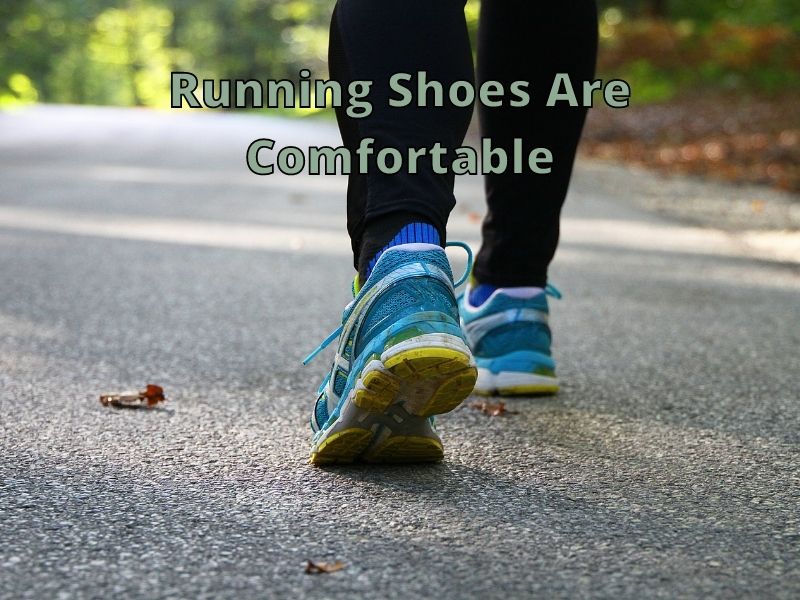
Running shoes are the most comfortable footwear. Even though they are expensive, they are extremely comfortable to wear for casual use every day.
2. Running Shoes Look Good
Most running shoes such as sketchers and Nike look great for casual occasions. Just pair them with a t-shirt and jeans, and they will compliment your overall look.
3. Use Running Shoes for Walking
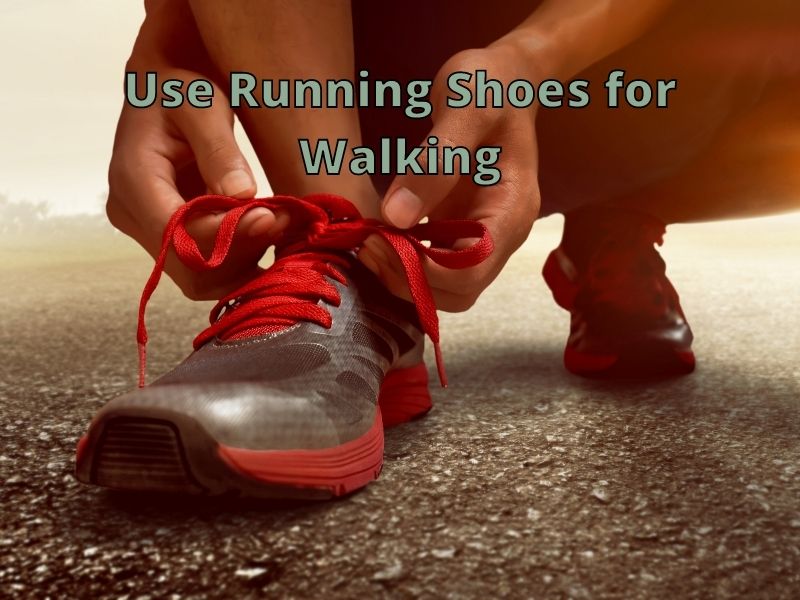
Running shoes are specially made for running. You can also use them for walking every day but make sure not to overuse them. They are extremely durable to meet the rigorous demands of running.
If you feel walking in running shoes is more comfortable, you can use them for walking purposes since comfort comes first.
Cons Of Wearing Running Shoes Every Day
If you are serious about your running activities, you shouldn’t wear your running shoes every day. However, there are some cons to wearing running shoes every day, so make sure you keep your running shoes for running only.
1. Running Shoes Are Designed to Prevent Injuries
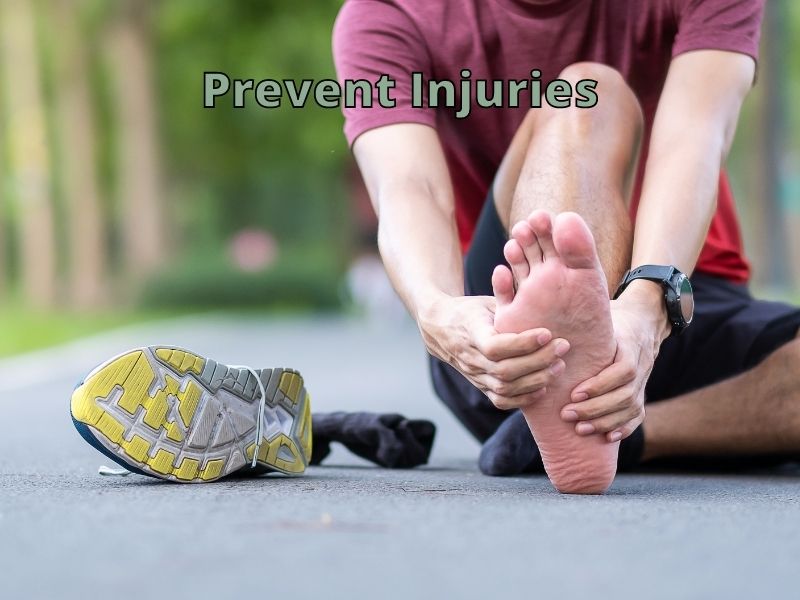
Different shoes are designed for different purposes, and running shoes are no exception. Whether it’s an athletic shoe or a walking or running shoe, every type of shoe is designed and manufactured differently.
Shoes are structured based on the activities they are intended for. For example, most athletic shoes, including running shoes, are designed to prevent injuries.
Running shoes are built and equipped to reduce the risk of your feet getting injured while running. However, wearing them every day for casual purposes isn’t a good idea since it can decrease their performance.
2. Running Shoes Are Expensive
Running shoes are generally more expensive than other shoes. In addition, by wearing them every day, you probably shorten their lifespan, which means you have to buy new ones more often.
Running shoes are designed to push you for about 500 miles. When you wear them every day, your walk or other activities may consume some of those 500 miles, which means you won’t be able to utilize your running shoes fully.
Also, the more you use them, the more you need to replace them. Unfortunately, running shoes aren’t cheap, so you can’t easily replace them. However, if you keep them for their specific purpose, you might extend their lifespan and save yourself some money.
3. Running Shoes Have Advanced Technology

Most running shoes come with advanced technology to provide maximum comfort and performance. But, unfortunately, using them every day for everyday activities is probably a waste.
4. Running Shoes Have Delicate Midsoles
Midsoles of running shoes are delicate. However, they must remain delicate to provide maximum comfort and support while running.
Your feet compress the midsole of your running shoes every time you wear them. So if you wear them for everyday use, they won’t give you the support and comfort you need when you run.
5. Running Shoes Need Time to Recover
You may not believe it, but your running shoes also need a break. Your running shoes need 1-2 days to recover. This break allows the midsoles to expand again to regular. If you wear them every day, they won’t be able to recover, and it may affect their performance.
6. Running Shoes Stinks

Running shoes tend to stink more than other shoes. This is because they absorb a lot of sweat, causing bacteria to build up. So, if you want, you can wear them every day but be prepared to cause some stink.
Conclusion
Each shoe is designed to serve a specific purpose. Therefore, using shoes for their intended purpose can extend their lifespan. However, wearing or not wearing running shoes every day depends on your choice. If you want to wear running shoes every day, you can, but it has some drawbacks. Nevertheless, make sure you find the right size, fit, and comfortable running shoes for everyday use.
Thanks for visiting helpshoe.com

